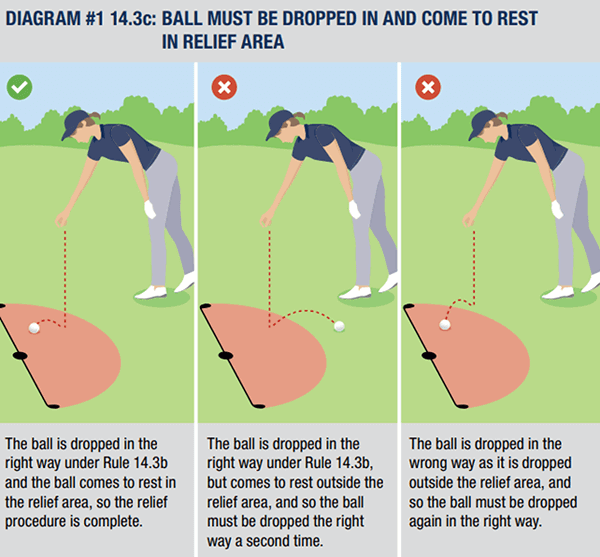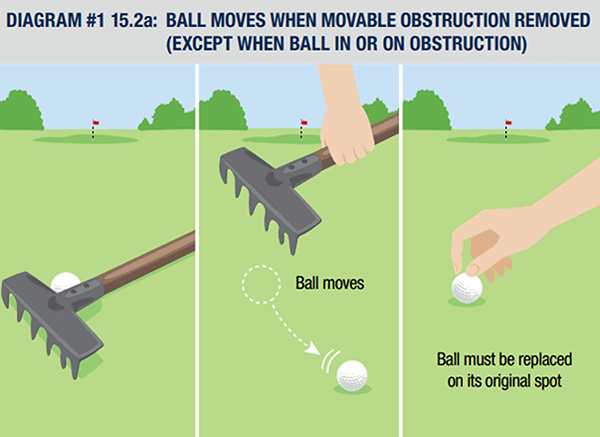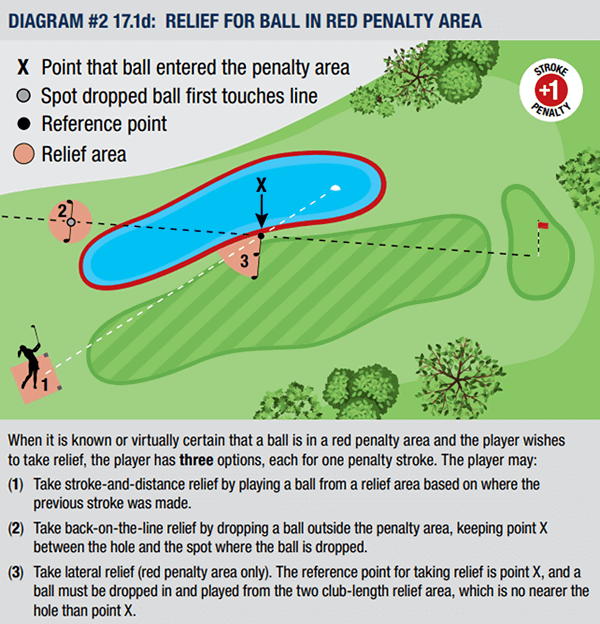 A collection of supportive information for golfers to understand and utilise the revised Rules of Golf (released in January 2023).
A collection of supportive information for golfers to understand and utilise the revised Rules of Golf (released in January 2023).
Whether you are a novice or rules official, this collection of resources will support all.
Additionally, I have produced a number of documents I found to be beneficial whilst refereeing.
They are provided for all to use, particularly rules officials.
Please feel free to utilise and provide (constructive) feedback where appropriate.
Enjoy …….
25 Rules
# 107 Sub-rules
# 229 Clarifications (previously called Interpretations) to Rules 1-25 (January 2023)
# 15 Updated or new clarifications (52 have been removed from 2019 Rules)
74 Definitions
# 32 Clarifications (previously called Interpretations) to Definitions (January 2023)
# 3 Updated or new Clarifications (13 have been removed from 2019 Rules)
88 Model Local Rules (MLRs)
# 18 Updated or new MLRs (5 have been removed from 2019 Rules)
Additional Clarifications [ 1st January 2025]
# 6 Additional Clarifications for Rules 1-25 [10.2b(3)/2 withdrawn 1/1/25]
# 4 Additional Clarification for Committee Procedures [E-13, M-4, G-9 and 5A(5)]
# Nil Additional Clarifications for Definitions
![]()
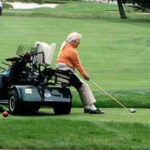 Modifications for Players with Disabilities:
Modifications for Players with Disabilities:
The modifications to the Rules for players with disabilities have been made part of the Rules and are in effect for all players who fall under the categories covered in Rule 25.
 Handicap Usage in Stroke Play:
Handicap Usage in Stroke Play:
With the continued growth of digital scoring following the adoption of the World Handicap System, players are no longer required to show their handicap on their scorecard in stroke play. The Committee will be responsible for calculating the player’s handicap strokes for the competition and using that to calculate the player’s net score.
 Club Damaged During Round:
Club Damaged During Round:
The Rule has been amended to allow a player to replace a club that is damaged during a round, provided the player did not damage it through abuse.
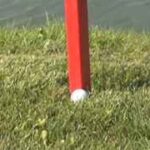 Ball Moved by Natural Forces:
Ball Moved by Natural Forces:
A new Exception provides that a ball at rest must be replaced if it moves to another area of the course or comes to rest out of bounds after being dropped, placed or replaced.
 Back-on-the-Line Relief Procedure:
Back-on-the-Line Relief Procedure:
The back-on-the-line relief procedure, often used for penalty area and unplayable ball relief, has been simplified so that the player now drops their ball on the line, and the ball must come to rest within one club-length of where it is dropped.
Modifications for Players with Disabilities:
The modifications to the Rules for players with disabilities have been made part of the Rules and are in effect for all players who fall under the categories covered in Rule 25.
Handicap Usage in Stroke Play:
With the continued growth of digital scoring following the adoption of the World Handicap System, players are no longer required to show their handicap on their scorecard in stroke play. The Committee will be responsible for calculating the player’s handicap strokes for the competition and using that to calculate the player’s net score.
Club Damaged During Round:
The Rule has been amended to allow a player to replace a club that is damaged during a round, provided the player did not damage it through abuse.
Ball Moved by Natural Forces:
A new Exception provides that a ball at rest must be replaced if it moves to another area of the course or comes to rest out of bounds after being dropped, placed or replaced.
Back-on-the-Line Relief Procedure:
The back-on-the-line relief procedure, often used for penalty area and unplayable ball relief, has been simplified so that the player now drops their ball on the line, and the ball must come to rest within one club-length of where it is dropped.
R&A and USGA Information for 2023 Rules
2023 Rules of Golf Update Announcement (R&A)
5 Key Changes Poster
Comparison of 2019-2023 Changes
Rule 25 (Disability) – Guidance for Governing Bodies
2023 Rules of Golf Online
2023 Rules of Golf (PDF)
Additional Clarifications (current 1st January 2025)
Player’s Rule Finder
2023 Rules of Golf Explained (videos)
2023 Rules of Golf Teaching Resources
Rules of Handicapping
R&A Rules Quizzes
2023 R&A Hard Card (Local Rules)
TIO Diagrams/Explanations
Pace of Play Manual
Equipment Rules
Local Rules Creator
Additional Information on Green Reading Materials
Clarification 4.3a/1 [Limiting the use of Green Reading Materials]
MLR G-11
MLR G-12
Personal Documents for 2023 Rules
[Principally for benefit to Rules Officials]
Unless specified – Developed by David Trembath (GolfHelp)
Rules and Definitions Index
Definitions and Associated Clarifications
Main Changes Summary
Revision Overview
Status of a Ball
Ball in Motion (Rule: 11.1b) Explanation (updated Clarification: 11.1b(2)/1)
Clarifications and Changes Index
Model Local Rules (MLR) Index



